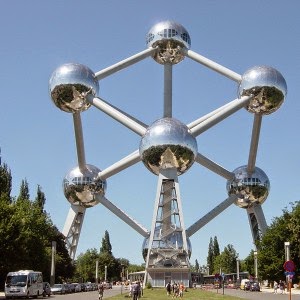
- Largest Atomic Radius Element
- Largest Atom Chart
- Largest Atom Bomb
- Largest Atom Size
- Largest Atomic Number
- Largest To Smallest Atoms

Take a peek inside the Atoms game for a brief overview of the concepts covered through gameplay. Learn about the challenge levels, exploratory sandbox, and free teacher resources for use in your chemistry classroom.
Largest Atomic Radius Element
An isotope is an atom with more or less neutrons that usual. For example, there are two uranium isotopes, U-238 and U-235. Because an element is defined by the number of protons it contains, the numbers signify different numbers of NEUTRONS in the nucleus. An element is a 'pure' atom, that hasn't been bonded with anything else. The largest atom among the following is: A. Correct option is. Potassium, silicon. As you move down an element group (column), the size of atoms increases. This is because each atom further down the column has more protons and neutrons and also gains an additional electron energy shell. As you move across an element period (row), the overall size of atoms decreases slightly.
Difference between capture one and photoshop. Or watch our full Atoms game webinar here.
Largest Atom Chart

Largest Atom Bomb
- Largest Atomic Radius Element
- Largest Atom Chart
- Largest Atom Bomb
- Largest Atom Size
- Largest Atomic Number
- Largest To Smallest Atoms
Take a peek inside the Atoms game for a brief overview of the concepts covered through gameplay. Learn about the challenge levels, exploratory sandbox, and free teacher resources for use in your chemistry classroom.
Largest Atomic Radius Element
An isotope is an atom with more or less neutrons that usual. For example, there are two uranium isotopes, U-238 and U-235. Because an element is defined by the number of protons it contains, the numbers signify different numbers of NEUTRONS in the nucleus. An element is a 'pure' atom, that hasn't been bonded with anything else. The largest atom among the following is: A. Correct option is. Potassium, silicon. As you move down an element group (column), the size of atoms increases. This is because each atom further down the column has more protons and neutrons and also gains an additional electron energy shell. As you move across an element period (row), the overall size of atoms decreases slightly.
Difference between capture one and photoshop. Or watch our full Atoms game webinar here.

